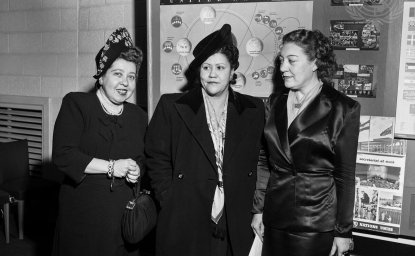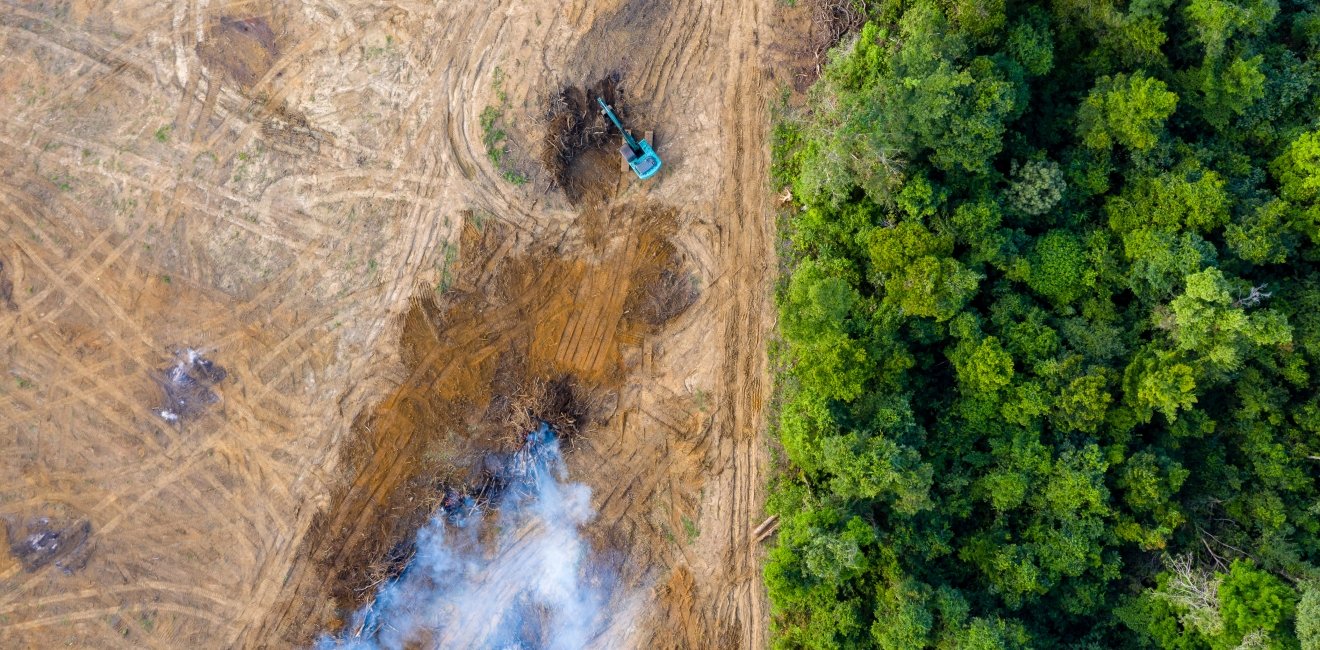
A blog of the Latin America Program
Protecting biodiversity is critical to global efforts to combat climate change and address food security, health and human development – and nowhere is this more true than in the Amazon. The Amazon is home to the largest remaining tropical rainforest and 10 percent of the world’s biodiversity. The forest is so vast that it generates its own weather patterns: The trees release enough water vapor into the atmosphere to create low-level clouds and rainfall, keeping the forest cool and moist. Tropical forests also absorb more carbon than any other type of forest, and species diversity is a critical part of this system.
Deforestation and land degradation threaten this hydrological cycle. The Brazilian Amazon has lost 19 percent of its tree cover over the last 50 years due to often-illegal logging, mining and agricultural activities. In recent years, a spike in deforestation and forest fires, set to clear land illegally, has alarmed the international community. Scientists warn that the forest is approaching a tipping point, after which the existing tree mass would no longer generate sufficient cloud-cover and rainfall. In that case, the forest would enter a savannization death spiral, becoming hotter, dryer and less diverse, with profound implications for the planet.
Recent studies suggest this is already happening in parts of the Amazon. The rate of tree death is increasing in certain regions, reducing species diversity. The dry season is getting longer and hotter. Already, the Amazon has lost much of its capacity to act as a carbon sink. What can be done to halt these trends? Better enforcement of environmental laws and stronger efforts to crack down on illegal deforestation is an important start. In the long run, however, any plan to save the Amazon will need to acknowledge that the Amazon is home not only to thousands of species of trees, birds and fish, but also to 30 million people who need some type of livelihood. Fortunately, protecting biodiversity is key to solving this challenge as well, with the possibility of developing sustainable economic activity in agriculture, fishing and other sectors and building low-impact infrastructure.
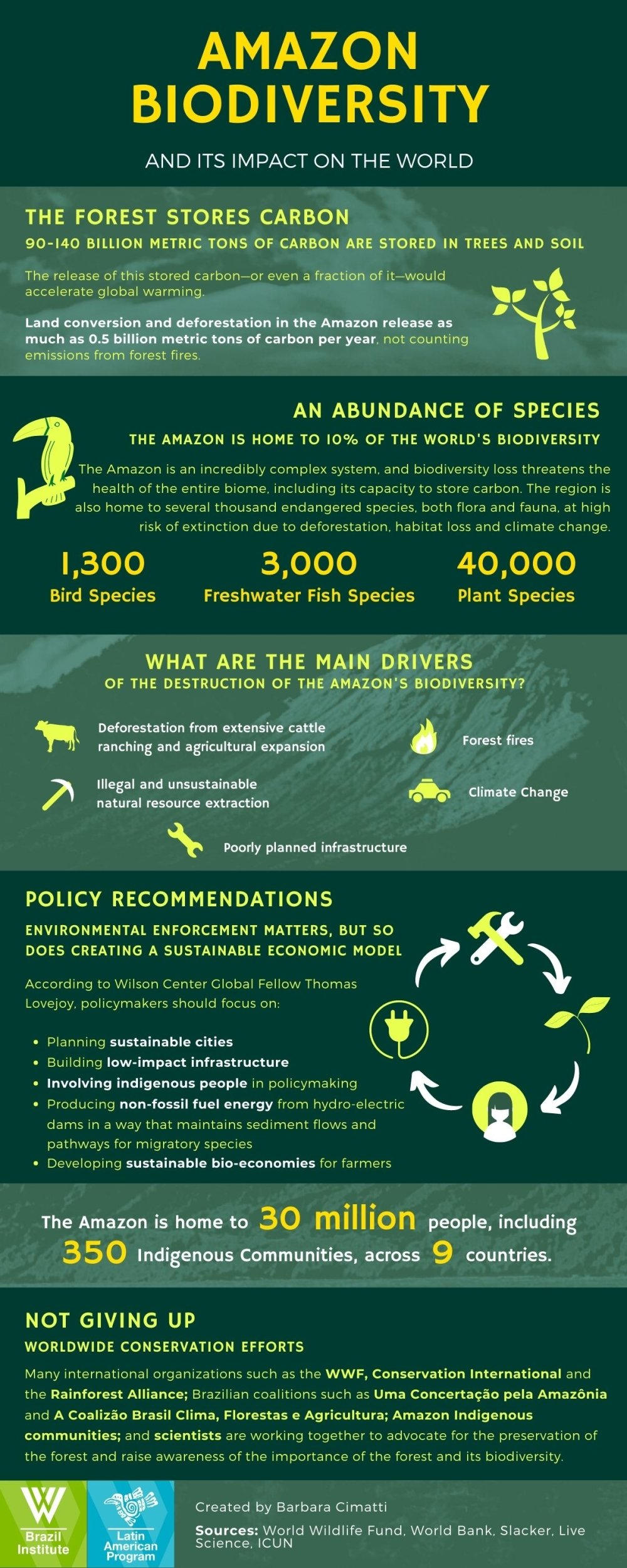
Authors

Senior Director, Albright Stonebridge Group


Brazil Institute
The Brazil Institute—the only country-specific policy institution focused on Brazil in Washington—aims to deepen understanding of Brazil’s complex landscape and strengthen relations between Brazilian and US institutions across all sectors. Read more


Latin America Program
The Wilson Center’s prestigious Latin America Program provides non-partisan expertise to a broad community of decision makers in the United States and Latin America on critical policy issues facing the Hemisphere. The Program provides insightful and actionable research for policymakers, private sector leaders, journalists, and public intellectuals in the United States and Latin America. To bridge the gap between scholarship and policy action, it fosters new inquiry, sponsors high-level public and private meetings among multiple stakeholders, and explores policy options to improve outcomes for citizens throughout the Americas. Drawing on the Wilson Center’s strength as the nation’s key non-partisan policy forum, the Program serves as a trusted source of analysis and a vital point of contact between the worlds of scholarship and action. Read more

Explore More in Weekly Asado
Browse Weekly Asado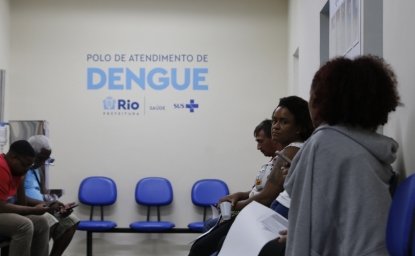
Dengue Haunts South America’s Summers
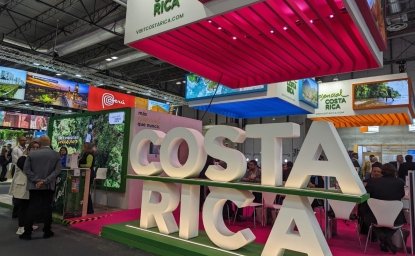
Lessons from Costa Rica’s Economic Transformation

Women and Latin America’s Digital Revolution
